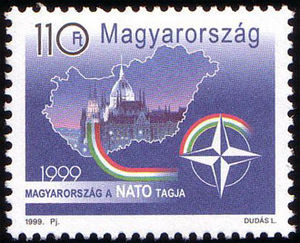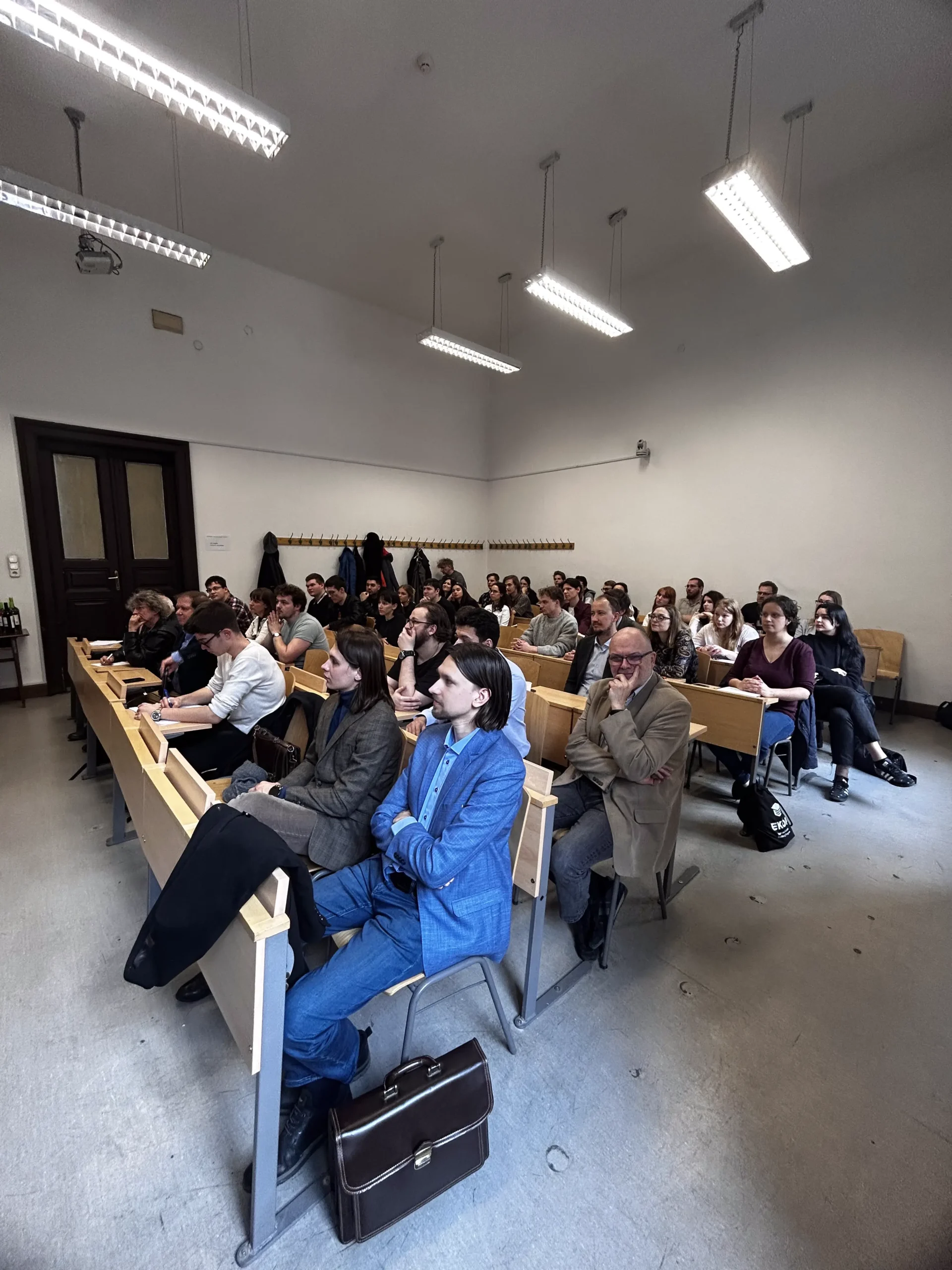Joining to the NATO – Székesfehérvár, HQ Multinational Division Centre
Fact of the Hungarian figure „Joining the Alliances”
Part of the „Back to Europe together” topic
Hungary’s path to NATO membership was marked by a commitment to reorient its security and defense policies towards the West following the collapse of the Soviet Union. From the early 1990s, Hungary’s leaders recognized that integration into Western alliances like NATO was essential for ensuring the country’s long-term security and its place within the community of democratic nations. Hungary’s path to NATO membership was heavily influenced by Prime Minister József Antall’s strong commitment to ensuring the country’s integration into Western security structures. From the beginning of his tenure, Antall emphasized the importance of NATO as the „guarantor of European and global security,” stating that Hungary’s freedom could only be assured through the alliance. His efforts were supported by Foreign Minister Géza Jeszenszky, whose diplomatic engagement with NATO leaders and the United States further deepened Hungary’s ties with the alliance. The Yugoslav crisis, which unfolded on Hungary’s southern border, also catalyzed closer cooperation with NATO and solidified the country’s strategic importance in the region.
Antall’s personal experiences of the Cold War, particularly the fear of Soviet aggression, shaped his belief that Hungary’s future security lay within NATO. He articulated this vision clearly in his address to NATO’s Atlantic Council in October 1991, stating that the organization had always been a „source of hope” for nations under Soviet influence. The dissolution of the Warsaw Pact and the withdrawal of Soviet troops in the early 1990s opened the door for Hungary’s accession, culminating in a successful 1997 referendum. Despite some initial public support for neutrality, Antall firmly believed that Hungary’s best course was to anchor itself within the NATO alliance to guarantee its long-term security.
Hungary’s journey towards NATO began with its participation in the Partnership for Peace program in 1994, a NATO initiative aimed at building trust and cooperation with former Warsaw Pact members. This partnership was a crucial stepping stone, helping Hungary to modernize its military and align its defense policies with NATO standards. The Hungarian government worked diligently to demonstrate its commitment to democratic values, the rule of law, and civilian control over the military, all key prerequisites for NATO membership.
In 1997, Hungary held a referendum on joining NATO, a significant event in the country’s post-communist history. The referendum, held on November 16, 1997, resulted in a decisive majority voting in favor of joining the alliance. While turnout was relatively low, with just over 49% of eligible voters participating, more than 85% of those who voted supported NATO membership. The results reflected widespread public support for Hungary’s integration into Western defense structures and a collective desire to move away from the country’s communist past.
NATO membership became official on March 12, 1999, when Hungary, along with Poland and the Czech Republic, formally joined the alliance. This marked a turning point in Central European security and international relations. Hungary’s accession to NATO was not only a strategic victory but also a symbolic affirmation of its commitment to collective defense, democracy, and cooperation with its Western allies.
The HQ Multinational Division Centre in Székesfehérvár, established later as part of Hungary’s broader role within NATO, reflects the country’s active participation in the alliance’s collective defense initiatives. This multinational division serves as a regional hub for NATO operations, highlighting Hungary’s contribution to maintaining peace and stability in Central Europe. Through its involvement in NATO, Hungary has strengthened its security partnerships with its neighbors and helped ensure the region’s defense against potential threats.
In the broader context of Central Europe, Hungary’s NATO membership was part of a larger shift that saw former Warsaw Pact countries integrating into Western alliances. Along with Poland, the Czech Republic, and Slovakia, Hungary’s accession to NATO symbolized the region’s definitive break from its communist past and its alignment with the democratic, security-focused institutions of the West.
Antall’s vision for Hungary’s future as a NATO member has been fully realized, with Hungary playing a key role in regional security and cooperation. Today, Hungary’s participation in NATO stands as a testament to the country’s commitment to the values of collective defense, stability, and peace within Europe.





